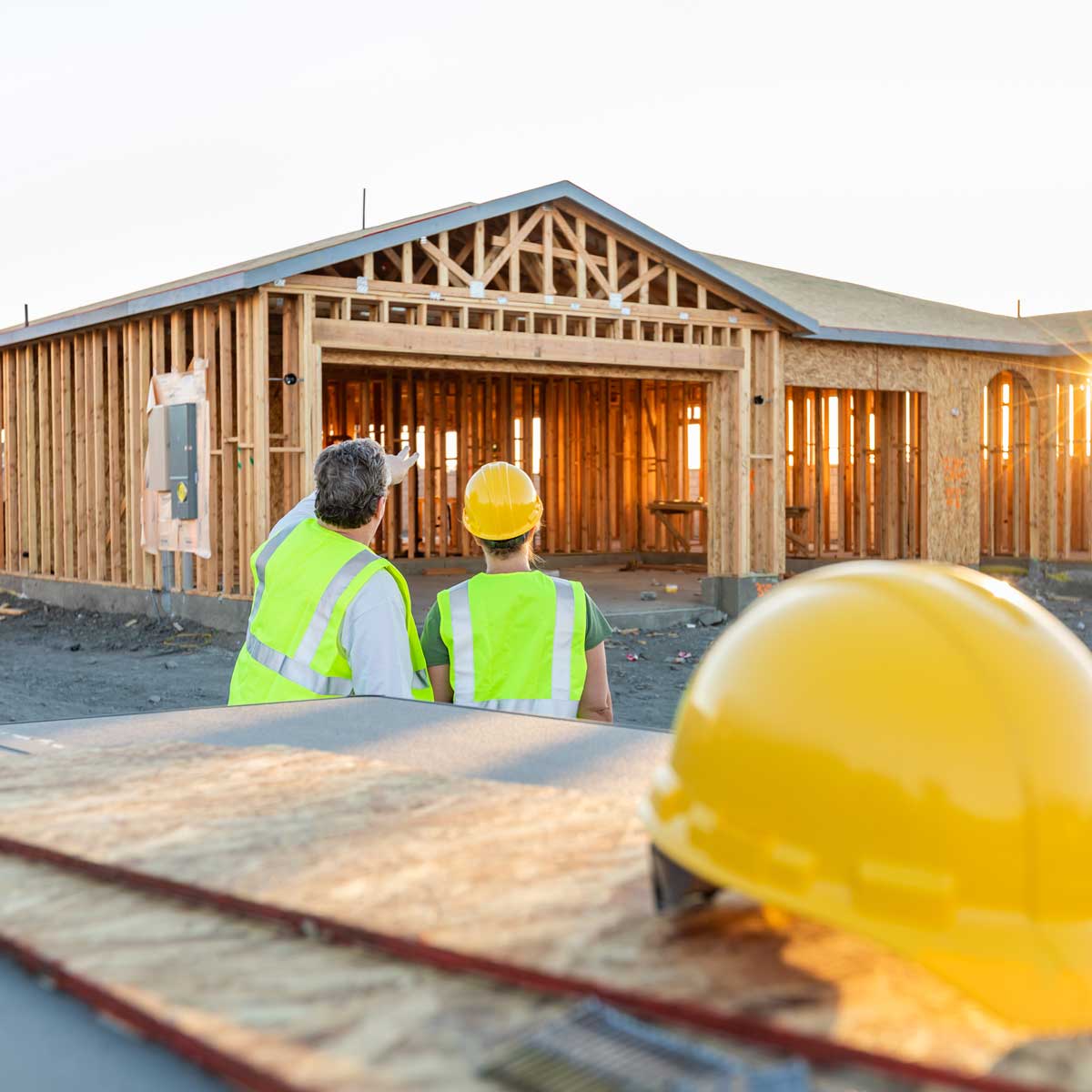This website uses cookies so that we can provide you with the best user experience possible. Cookie information is stored in your browser and performs functions such as recognising you when you return to our website and helping our team to understand which sections of the website you find most interesting and useful.
Changes in the Tax Credit for Builders of Energy-Efficient Homes

The Inflation Reduction Act of 2022 enhanced several energy provisions, including Section 45L – a tax credit to home builders for building energy-efficient homes. When a builder meets all of the requirements under Section 45L, a tax credit is given to them on their federal tax return. So, what improvements can builders expect under the changes from the Inflation Reduction Act?
Section 45L Requirements for 2023 and Beyond
First, the amount of the credit has been revised. For years 2023-2032, the tax credit ranges from $500 on the low end and works its way up to $5,000. In tax years 2022 and before, home builders could receive a tax credit of $1,000-2,000 per home if they realized certain energy savings. Homes must now be eligible to participate in various “Energy Star” programs and must satisfy applicable energy savings based on the type of home being built. The amount of the Section 45L credit depends on the energy standards that are met and the certification level that is achieved. These standards now include:
- “Zero Energy” Ready Home requirements
- “Energy Star” program requirements
- “Prevailing Wage” specifications for multi-family dwelling units
New Energy Saving Requirements for Section 45L
The new energy savings required under Section 45L contain specific “Energy Star” program and “Zero Energy” Ready Home program requirements to ensure the buildings meet energy efficiency standards. In order to obtain the Section 45L tax credit, builders must build or substantially reconstruct and rehabilitate a qualified new energy-efficient home that is located in the U.S. The builder must also own the energy-efficient home and have a basis in it during the building period. They need to sell or lease the home to an individual or individuals for use as a personal residence.
For homes acquired in 2023 (and after), refer to the applicable tables on the Energy Star website for the minimum level Energy Star programs allowed under Section 45L. For additional information on the specific Zero Energy Ready Home program rules, please review the Department of Energy material on Zero Energy Ready Home (ZERH).
IRS Guidance
The Internal Revenue Service issued IRS Notice 2023-65 last month to offer further guidance on the new energy efficient home credit and corresponding changes made by the Inflation Reduction Act.
Next Steps
The Section 45L tax credit has been a boost for home builders and will continue now for years to come. If you are a home builder, it’s important to become familiar with the new rules. Please reach out to your Sikich tax advisor to learn more.
This publication contains general information only and Sikich is not, by means of this publication, rendering accounting, business, financial, investment, legal, tax, or any other professional advice or services. This publication is not a substitute for such professional advice or services, nor should you use it as a basis for any decision, action or omission that may affect you or your business. Before making any decision, taking any action or omitting an action that may affect you or your business, you should consult a qualified professional advisor. In addition, this publication may contain certain content generated by an artificial intelligence (AI) language model. You acknowledge that Sikich shall not be responsible for any loss sustained by you or any person who relies on this publication.




